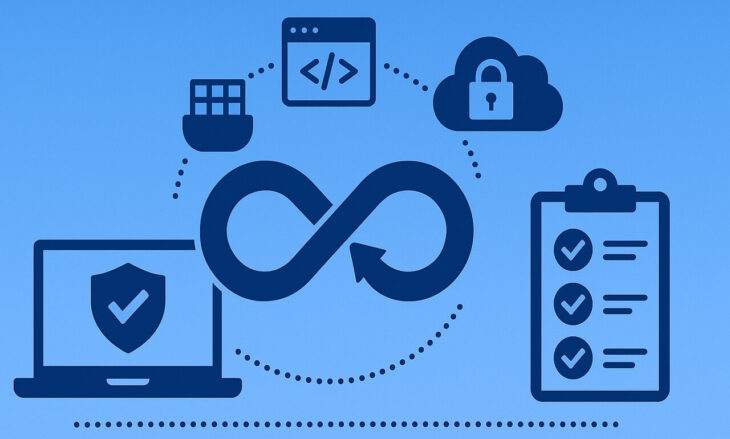A secure CI/CD pipeline is now a core requirement for any engineering team that ships software at scale. The concrete truth is that pipeline security improves only when your toolset covers the entire delivery chain: source code, dependencies, container images, cloud environments, secrets, and compliance workflows.
There is no single silver bullet. Real protection comes from layering tools that detect vulnerabilities early, enforce policies during builds, validate artifacts before release, and maintain clear audit trails for every action. The tools below represent the combinations most modern organizations rely on to keep their pipelines both safe and compliant.
Modern pipelines carry more risk than ever before. Microservices, distributed runners, cloud build agents, ephemeral environments, container registries, IaC automation, and third-party dependencies all introduce opportunities for attackers to move in.
A weak configuration can compromise everything downstream. That is why companies that once treated CI/CD as simple automation now see it as a frontline security system.
Snyk: Developer-First Security That Fits Into Daily Workflow
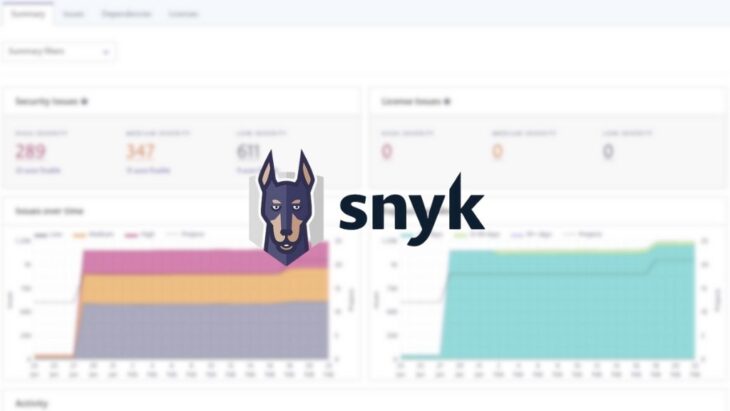
Snyk stands out because it puts security directly into the hands of developers. Instead of waiting for a security team to review builds or deployments, Snyk scans code, dependencies, containers, and IaC during normal development work. Issues appear inside pull requests and merge requests, not weeks later during a release freeze.
Teams rely on Snyk because it supports real shift-left behavior. Developers fix issues early, pipelines fail fast when risks are detected, and the entire organization benefits from fewer last-minute emergency patches.
Trivy and the Aqua Platform: Deep Container and IaC Transparency

Trivy has become one of the default scanning engines in cloud-native workflows because it inspects everything from base images to Kubernetes manifests and Terraform files. It is fast, open source, easy to automate, and maintained by a large community. In larger companies, the Aqua platform builds on Trivy by adding policy controls and compliance dashboards.
A strong advantage of Trivy is how predictable it becomes once attached to daily CI/CD jobs. It catches vulnerable libraries, misconfigured manifests, or insecure images before they ever reach production. The transparency it gives teams is essential as container supply chain incidents continue to rise.
Small snapshot of its coverage
| Area | What Trivy Detects |
| Containers | Vulnerabilities, outdated base images |
| IaC | Misconfigurations in Kubernetes and Terraform |
| Repos | Exposed secrets, policy violations |
GitLab’s Built-In Security Controls

Teams that run their entire workflow through GitLab benefit from its tightly integrated security features. Its SAST, DAST, dependency checks, secrets scanning, and fuzzing run directly in merge requests. This avoids the common issue of tool overload, where developers are forced to jump between dashboards just to resolve a single vulnerability.
GitLab’s biggest strength is uniformity. Every pipeline follows the same security rules. Every issue gets logged in the same system. Every audit has a clear, traceable record. Organizations under SOC 2, HIPAA, or ISO 27001 often choose GitLab Ultimate for this exact reason.
The Secrets Problem: Why Vault, Doppler, and Conjur Matter
Most pipeline incidents come from simple, avoidable mistakes such as leaked API keys or overexposed environment variables. HashiCorp Vault, Doppler, and CyberArk Conjur exist to eliminate that risk by managing secrets centrally, rotating them automatically, and applying identity-aware access rules.
With these systems in place, developers no longer inject sensitive data into code or store secrets in configuration files. Pipelines rely on temporary, scoped credentials that expire quickly. Compliance teams also benefit because these tools generate complete audit histories that show exactly who accessed what and when.
Open Policy Agent and Conftest: Enforcing Infrastructure Rules Automatically
Policies are harder to enforce manually as cloud systems scale. Open Policy Agent (OPA) and Conftest solve that by turning compliance into code. Pipelines reject unsafe configurations automatically, long before they ever reach runtime.
A typical workflow might require Kubernetes pods to avoid privileged mode, Terraform resources to include encryption, or cloud buckets to block public access. Instead of hoping developers remember every rule, OPA applies them mechanically and consistently.
Example: What policy-as-code helps enforce
- Consistent Kubernetes resource limits
- Encrypted storage buckets
- Restricted cloud IAM roles
- Terraform modules aligned with security baselines
Middle Section: Code Scanning and High-Level Analysis Tools
Static analysis remains a critical layer in pipeline security. Tools like CodeQL, Semgrep, Veracode, and SonarQube help teams detect dangerous coding patterns, potential injection points, taint flows, and insecure function usage. They work differently from dependency scanners because they look directly at how code behaves, not just what libraries it imports.
Many companies explore GitHub Advanced Security alternatives at this stage when they want more flexibility, self-hosting, or multi-platform integration. This ecosystem continues to grow rapidly because static analysis is one of the few defenses capable of catching subtle vulnerabilities before they reach production.
SonarQube and SonarCloud: Code Quality as a Security Indicator

SonarQube has been used for years to enforce coding standards, reduce technical debt, and highlight dangerous patterns. Its newer security-focused capabilities allow teams to blend code quality with security posture. By analyzing branches, pull requests, and long-running feature work, SonarQube helps maintain stable and safe codebases.
What makes SonarQube valuable is its long-term effect. When teams follow consistent quality gates, pipelines gradually accumulate fewer vulnerabilities over time. This matters because sloppy codebases create chaotic pipelines, and chaotic pipelines are far harder to secure.
Anchore, Syft, and Grype: Watchdogs for Software Supply Chain Integrity
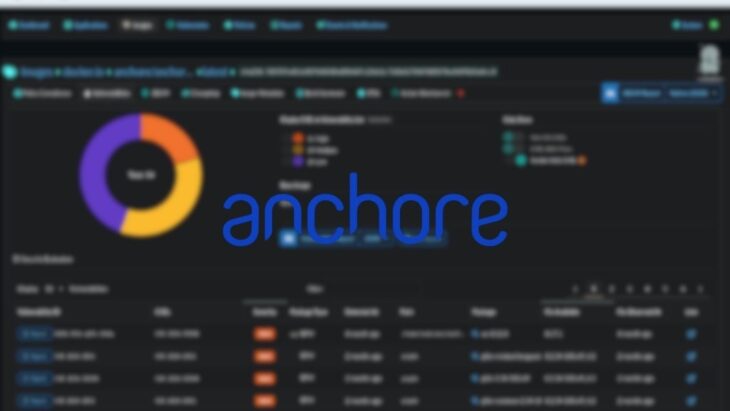
Software supply chain security has grown into a discipline of its own. Anchore provides full artifact control, with Syft generating SBOMs and Grype scanning them for vulnerabilities. These tools help companies track exactly what goes into every image, binary, and deployment package.
Many industries now require SBOMs by regulation or contractual obligation, so Anchore’s value extends beyond security alone. It gives organizations a clear map of their entire dependency tree, even across multiple teams or registries.
Wiz and Orca: Closing the Cloud-Side Gaps in CI/CD
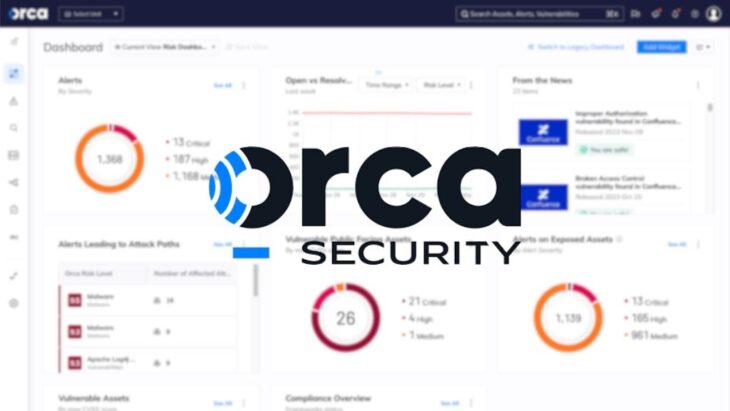
Pipelines do not run in isolation. They run on cloud services, inside VPCs, on managed runners, and inside container clusters. Wiz and Orca analyze these environments from the outside and reveal misconfigurations that could expose CI/CD systems to attackers.
They identify overly permissive IAM roles, exposed runners, weak network boundaries, and storage buckets that accidentally hold unprotected artifacts. Because these findings relate directly to cloud behavior rather than code, they uncover risks other scanners cannot see.
Compliance Tools Like Drata and Tugboat Logic
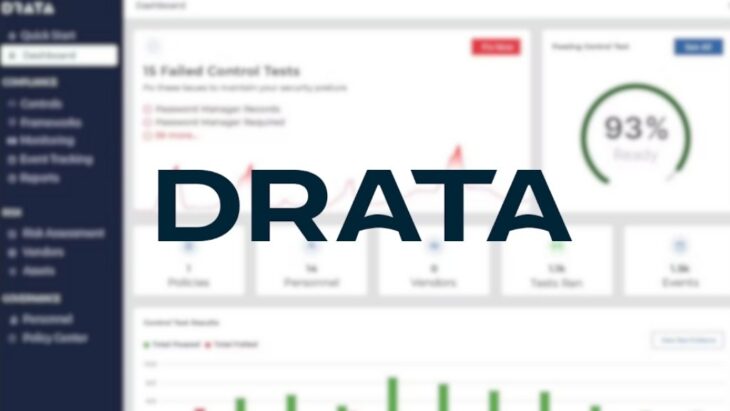
Security fixes the vulnerabilities. Compliance proves it.
Tools such as Drata and Tugboat Logic automate the documentation, evidence collection, and policy enforcement required for SOC 2, ISO 27001, HIPAA, PCI DSS, and other frameworks. For CI/CD security, they verify access approvals, track pipeline changes, and store audit records in a structured, reviewable form.
Quick comparison snapshot
| Tool | Strength |
| Drata | Automated SOC 2 and ISO evidence |
| Tugboat Logic | Compliance mapping and workflow control |
Both help teams maintain continuous readiness instead of scrambling at audit time.
Final View
The security of a CI/CD pipeline depends on how well an organization layers its protection. Developer-first scanning, container and IaC transparency, secrets management, policy-as-code, static analysis, supply chain oversight, cloud posture monitoring, and automated compliance checks all contribute to a stable pipeline.
These tools do not compete with one another. They solve different problems at different stages. When combined, they create a delivery chain that stays secure, stays compliant, and stays predictable even as systems scale and releases accelerate.
